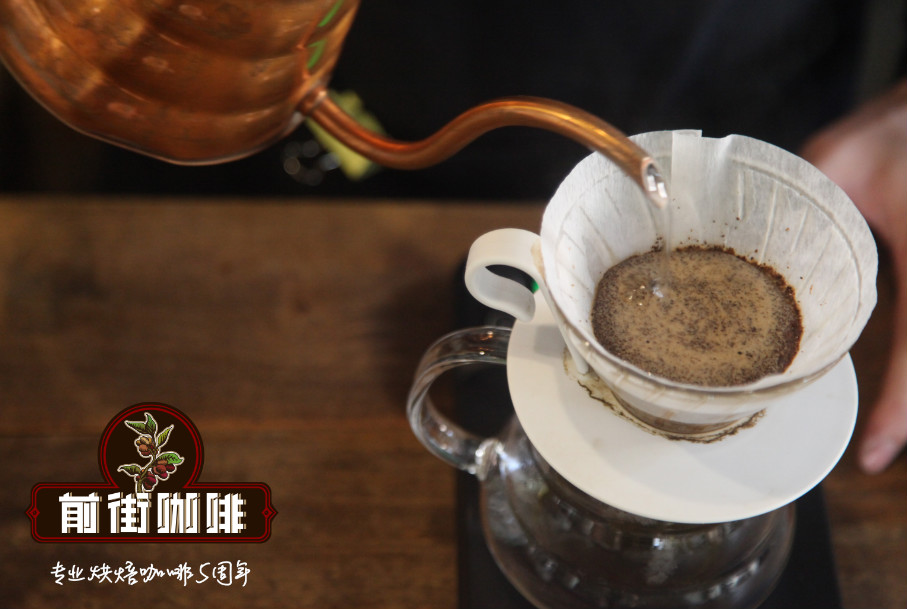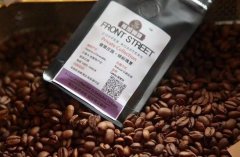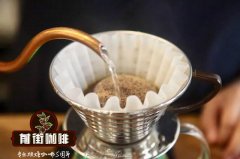What's so special about Laos coffee culture? How should I drink Laos coffee?

Professional coffee knowledge exchange More coffee bean information Please pay attention to coffee workshop (Weixin Official Accounts cafe_style)
Coffee is Laos 'fifth largest export product. The Bolaven Plateau, located in the south, is the largest coffee-growing area in the country, producing about 95% of Lao coffee. The cultivation area is located at 15 degrees north latitude, 600 to 1300 meters above sea level, covering an area of more than 500 square kilometers, with abundant sunshine and rain, cool temperatures, slightly acidic fertile volcanic soil, very good cultivation conditions, with the potential to produce a large number of high-quality Arabica beans. Laotian coffee, rich and mellow taste, with a mild citrus flavor and floral aroma.
In the 1920s, the French transplanted three varieties of coffee trees from Vietnam, Arabica, Robusta and Liberia, to Laos. However, the 1949 frost caused a large number of coffee trees to die. Farmers abandoned disease-prone arabica and cheap liberia in favour of disease-resistant robusta. According to 2001 data, 34,000 hectares of farmland and 23000 families are engaged in coffee production, of which 88% are Robusta and 12% Arabica. These include small farmers with low yields and large estates managed systematically. Most large manors have their own brands and processing plants. The Lao Government, in cooperation with development agencies of various countries, has introduced high-yielding Arabica trees of high quality and high yield into Laos to increase farmers 'income.
Laos was colonized by France, and the coffee industry in Laos dates back to the French colonial era 100 years ago, when the French discovered that the soil of the Bolaven Plateau in Laos was rich in minerals and that the plateau height provided an excellent environment for coffee trees to grow.
During World War II, the Borovan Plateau fell into the baptism of war, and the French left Laos one after another. After that, the Borovan Plateau fell into the predicament of civil strife and foreign war. The soil was also contaminated with heavy metals such as gunpowder shells. Not only that, but the Communist government of Laos considered coffee a product of capitalism at that time, which also caused the cultivation and production of coffee in Laos to decrease rapidly.
In recent years, the Laotian government gradually opened up private industry, and Laotian coffee gradually emerged. Sinouk Sisombat, president of the Laotian Coffee Association, sent samples of the first batch of coffee beans harvested from the Borofin Plateau coffee to the coffee research institute in Montpellier in southern France for quality evaluation and approval, which also made Laotian coffee appear in the market.
Lao coffee culture and customs:
Laotian coffee beans have become one of the country's important agricultural exports, and Arabica beans, which are more difficult to cultivate, account for one-third of production.
Laos coffee is mainly family-run small-scale coffee farmers, coffee bean production technology can be further improved; enterprise management of large coffee farms is less, its coffee potential needs to be further cooperation between the government and the private sector, but its coffee flavor is mild and smooth, acidity is appropriate, is a good choice.
Important Notice :
前街咖啡 FrontStreet Coffee has moved to new addredd:
FrontStreet Coffee Address: 315,Donghua East Road,GuangZhou
Tel:020 38364473
- Prev

How much will the flavor of light and medium roasted rose summer be expressed? What baking level is rose summer suitable for?
Most of the time, we see that the baking degree of rose summer is not deep. Xiao Bian is curious why? What would it feel like to bake the roses deeper? So Xiaobian tried to bake a furnace of rose summer deeper than our daily production, to compare the difference between the two! Xiaobian chose [Ba
- Next

What's the flavor of Indian-style coffee? How can the Indian monsoon Malaba taste good?
Professional coffee knowledge exchange more information about coffee beans Please pay attention to the coffee workshop (official Wechat account cafe_style) Coffee has become the first drink in the world only 1600 years later, so the recorded history of coffee is only 400 years similar to that of Taiwan. It is generally recognized that Africa is the home of coffee, originated in Ethiopia and spread around the world from the port of Mocha in Yemen.
Related
- Does Rose Summer choose Blue, Green or Red? Detailed explanation of Rose Summer Coffee plots and Classification in Panamanian Jade Manor
- What is the difference between the origin, producing area, processing plant, cooperative and manor of coffee beans?
- How fine does the espresso powder fit? how to grind the espresso?
- Sca coffee roasting degree color card coffee roasting degree 8 roasting color values what do you mean?
- The practice of lattes: how to make lattes at home
- Introduction to Indonesian Fine Coffee beans-- Java Coffee producing area of Indonesian Arabica Coffee
- How much will the flavor of light and medium roasted rose summer be expressed? What baking level is rose summer suitable for?
- Introduction to the characteristics of washing, sun-drying or wet-planing coffee commonly used in Mantenin, Indonesia
- Price characteristics of Arabica Coffee Bean Starbucks introduction to Manning Coffee Bean Taste producing area Variety Manor
- What is the authentic Yega flavor? What are the flavor characteristics of the really excellent Yejasuffi coffee beans?

